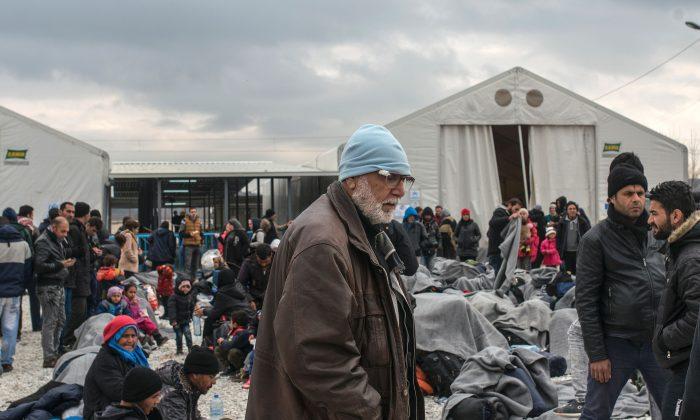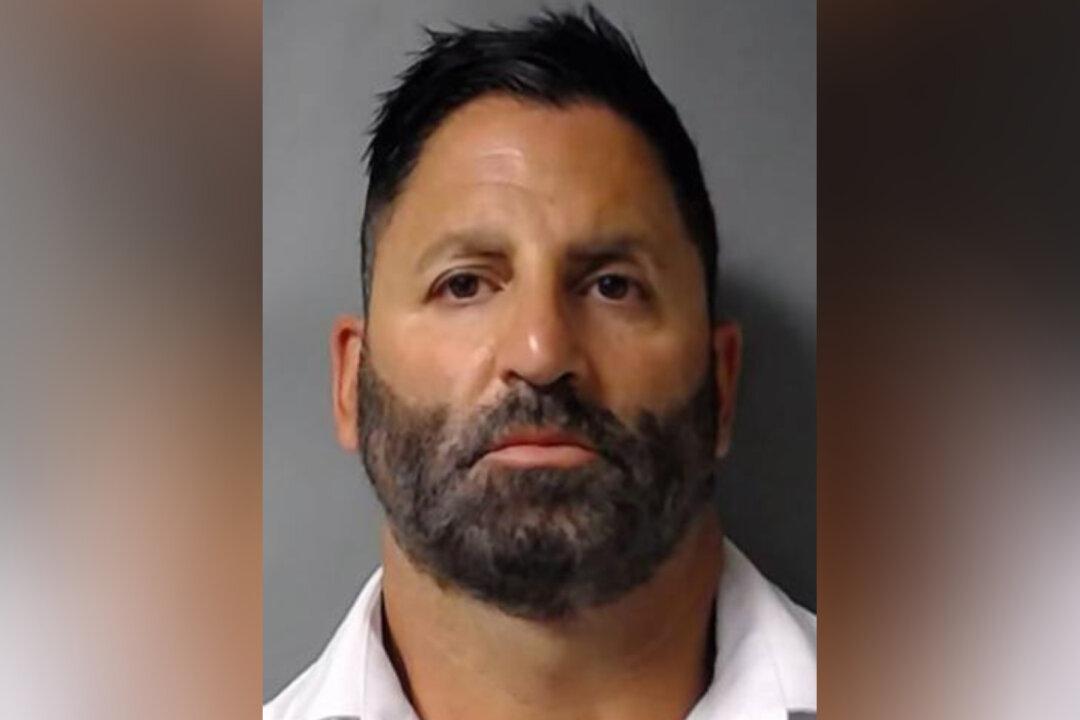PRINCIPOVAC, Serbia—Walking a winding path inside a thick oak forest at the border between Serbia and Croatia, Jiyan Ali cannot believe his misfortune: he barely made it to Europe across rough seas and rugged mountains, only to be abruptly halted just meters away from his dream destination—the European Union.
The 20-year-old Kurd from Rojava, Syria, has been stuck on the Serbian side of the frontier together with some 200 of his fellow refugees since early March when Balkan countries suddenly shut their borders for migrants escaping wars and poverty in their home countries.
Now there is no legal way for the group to move forward to the heart of Europe, or backward toward Greece or Turkey, and they are stuck living in a rundown former psychiatric hospital in a country that cannot offer them work or other opportunities they desperately seek.
As officials focus on the EU-Turkey deal to return migrants from Greece to Turkey and on the tens of thousands stuck near Greece’s border with Macedonia, Ali and some 1,000 other Syrians, Afghans and Iraqis stranded in Serbia feel abandoned by the international community.
“We are forgotten,” Ali said while making his daily routine with a few of his refugee friends.
The routine involves walking toward the border on a narrow dirt path to an old and rusty wire fence that marks the no-man’s land between the two former Yugoslav republics, and to have some fun by jumping with one foot inside what they believe is Serbia and the other inside Croatia, an EU member state.
“Balkans, Europe, Balkans, Europe,” Ali and his friends chuckle, with their laughter echoing inside the dense forest with blossoming spring leafs and wild flowers. No border guards were seen on Friday on either side of the border, which in the 1990s was a heavily mined frontier between the two Balkan wartime foes.
“I sometimes think, this is Balkans, this is Europe. I only need a few steps to cross,” Ali said. “I don’t know how smart is it to make that step, but maybe it is better to use the smugglers to make it there.”
With their hope, patience and money running out, the migrants stuck in Serbia are increasingly turning to people smugglers to try to get out of the impasse.
Local aid workers say that some 100 people try daily to cross from Serbia to Croatia or further north to Hungary, but most of them get caught. Also, some 130 new migrants arrive daily in Serbia, mostly through Bulgaria, using clandestine crossings, officials say.
“I am here for two and half months,” said Amir Eskandari, a 17-year-old from Afghanistan who is traveling alone and wants to get to Germany. “I tried three times to Hungary, two times to Croatia. Police caught me every time. I'll keep on trying.”
Over a million people have used the Balkan route to reach further into Europe since last year, mostly heading for Germany or other wealthy EU states.
Ehsan Rahmatjan, 20, from Herat, Afghanistan, says he has had enough of waiting for the borders to reopen. He just wants to go back home.
“I think I will decide to go back because I came up to here by smugglers ... I had lots of bad experiences, dangerous things. So, I don’t want to try by smugglers again, it’s dangerous, it’s very hard. I don’t know, maybe I go back.”






Friends Read Free